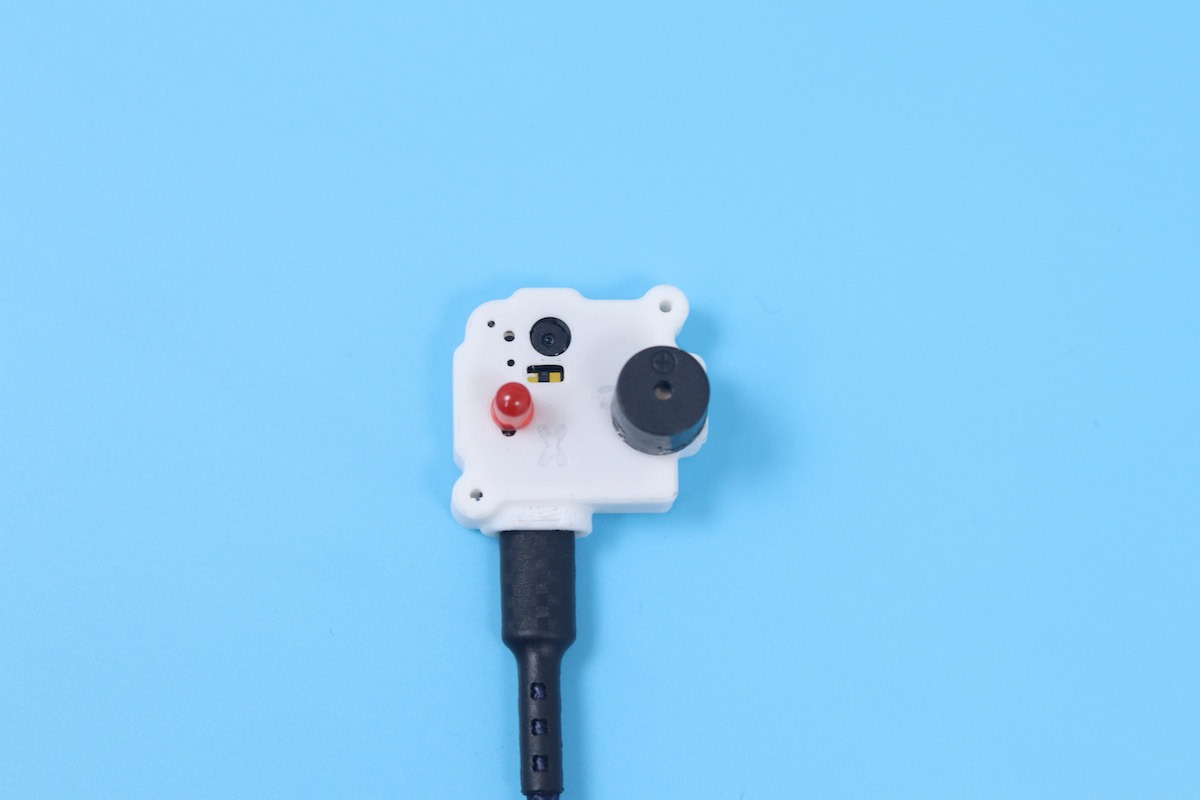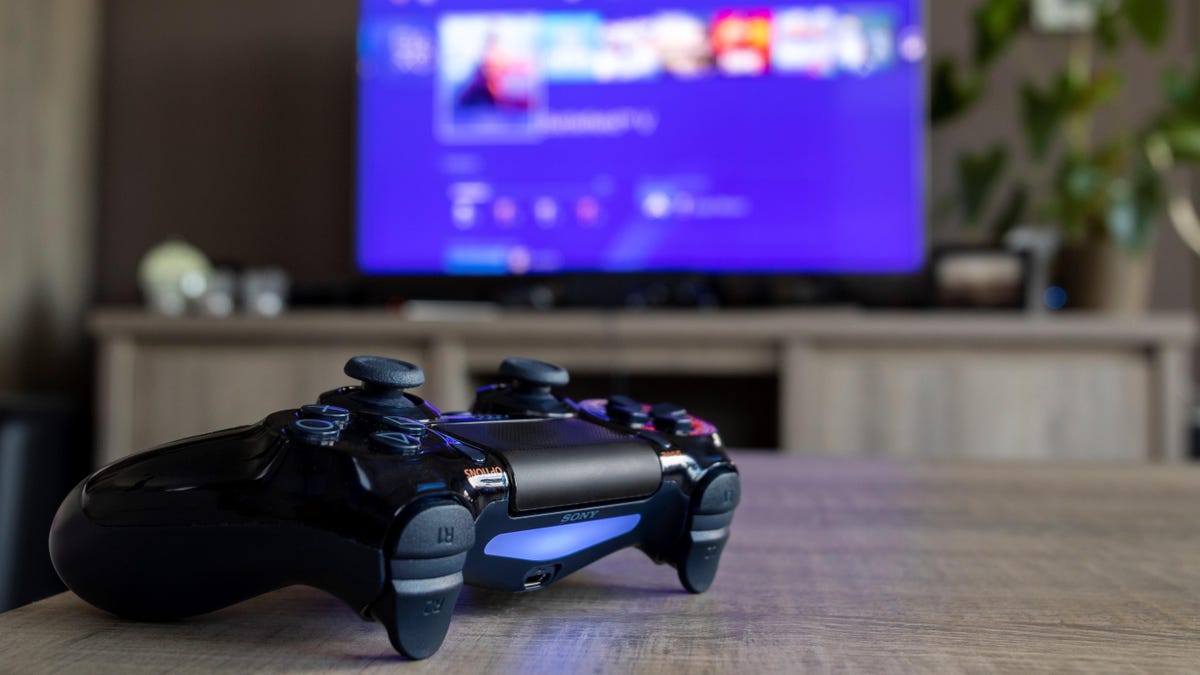Preventing Driver Fatigue with Nicla Vision and Edge Impulse FOMO

Drivers who suffer from fatigue become great hazards to themselves and anyone else around them on the road, as reaction times, concentration and alertness are all severely impaired. That's why Shebin Jose Jacob decided to create a drowsiness detection system that can accurately tell when someone behind the wheel is tired and needs to stop to rest.
The solution is composed of a single Nicla Vision board, which contains a 2MP camera for image collection, an IMU, a microphone, a distance sensor and finally a dual Arm Cortex-M7/M4 processor to run quickly built-in machine learning models. Data for the project was collected by taking many photos and labeling the bounding boxes surrounding the eyes as either closed or open. From there, Jacob trained an object recognition model based on FOMO (Faster Objects, More Objects) on the sample images and was able to achieve 100% accuracy.

Nicla Vision's live classifications further strengthened the claimed accuracy of the model, allowing Jacob to take the final step in creating his project. The tinyML model was deployed as a fully integrated Arduino library, meaning all the code had to do was get a new image, run it through the object recognition model, and check the result. A closed-eyes tag therefore sounds a buzzer and lights up a red LED.

More details on this potentially life-saving application c...


Drivers who suffer from fatigue become great hazards to themselves and anyone else around them on the road, as reaction times, concentration and alertness are all severely impaired. That's why Shebin Jose Jacob decided to create a drowsiness detection system that can accurately tell when someone behind the wheel is tired and needs to stop to rest.
The solution is composed of a single Nicla Vision board, which contains a 2MP camera for image collection, an IMU, a microphone, a distance sensor and finally a dual Arm Cortex-M7/M4 processor to run quickly built-in machine learning models. Data for the project was collected by taking many photos and labeling the bounding boxes surrounding the eyes as either closed or open. From there, Jacob trained an object recognition model based on FOMO (Faster Objects, More Objects) on the sample images and was able to achieve 100% accuracy.

Nicla Vision's live classifications further strengthened the claimed accuracy of the model, allowing Jacob to take the final step in creating his project. The tinyML model was deployed as a fully integrated Arduino library, meaning all the code had to do was get a new image, run it through the object recognition model, and check the result. A closed-eyes tag therefore sounds a buzzer and lights up a red LED.

More details on this potentially life-saving application c...
What's Your Reaction?















![Three of ID's top PR executives quit ad firm Powerhouse [EXCLUSIVE]](https://variety.com/wp-content/uploads/2023/02/ID-PR-Logo.jpg?#)







